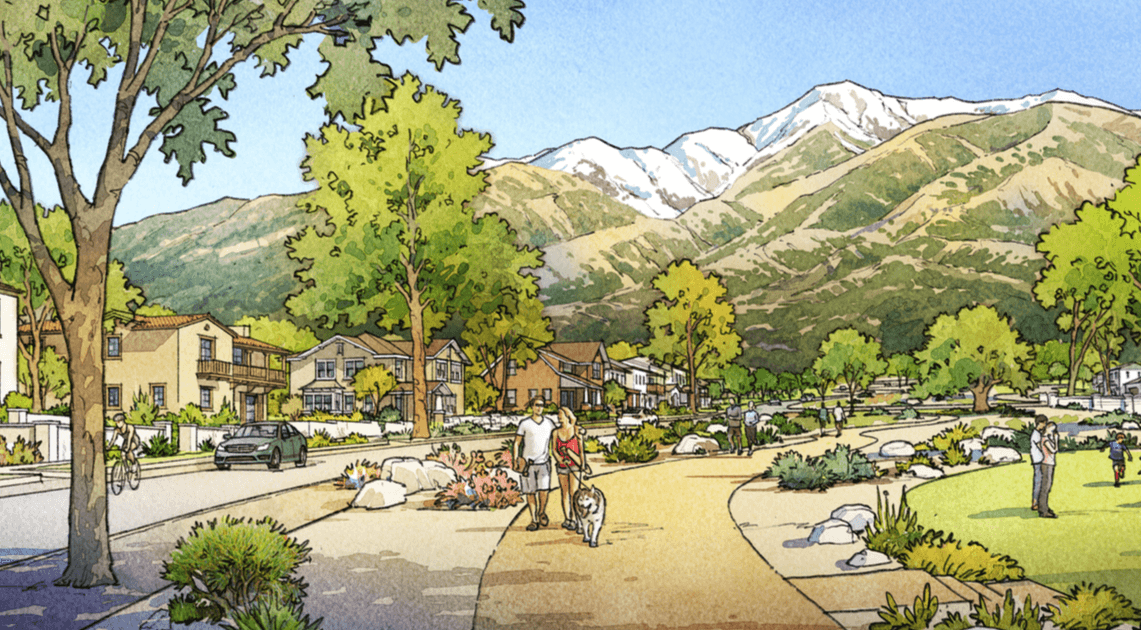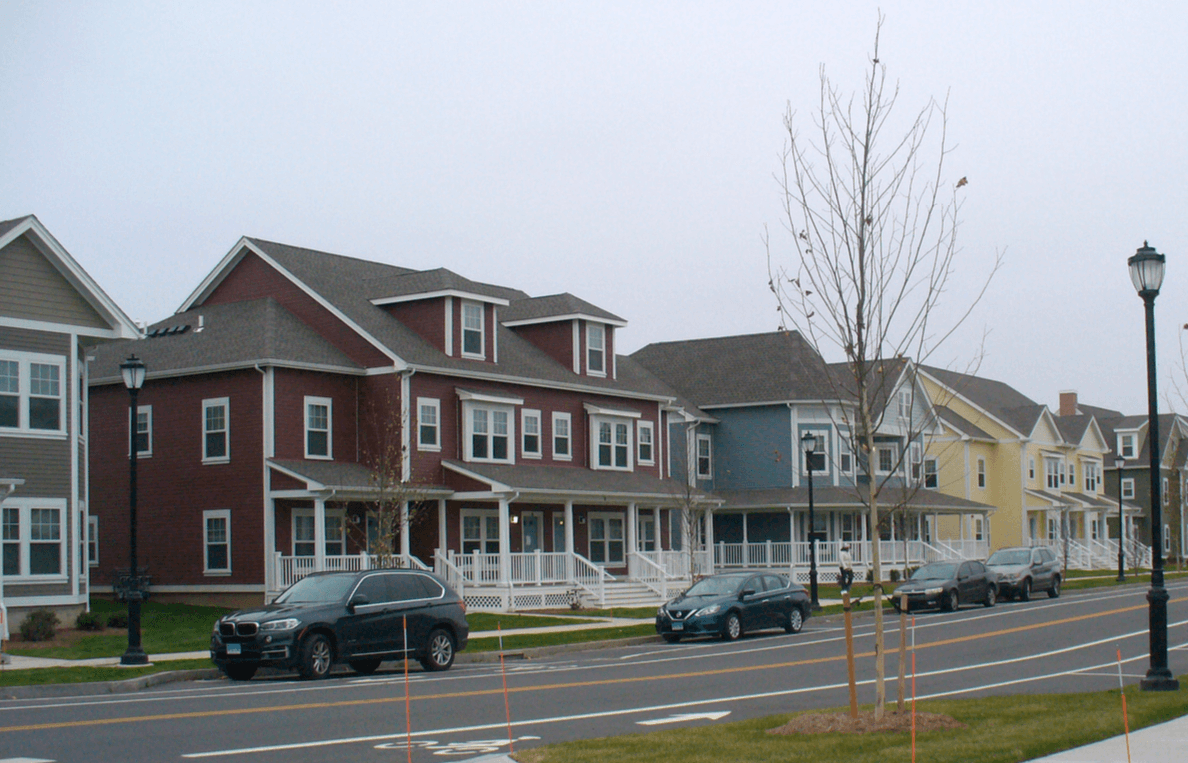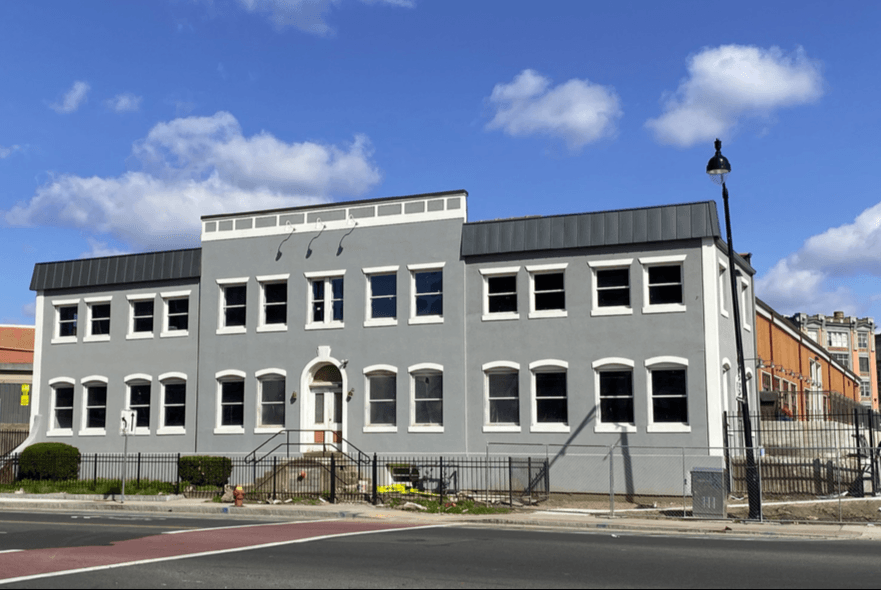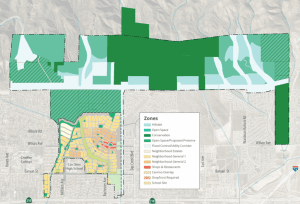
News
By Sean Doyle, June 1, 2020
 2020 Driehaus Award for their form-based zoning codes. Hartford, CT, a post-industrial legacy city trying to bring new life to the community, did the challenging work of writing a new, citywide code from scratch. Rancho Cucamonga, CA, in the foothills of the San Gabriel Mountains (about 30 miles east of Los Angeles), worked with Sargent Town Planning to write the Etiwanda Heights Neighborhood Plan and Code to create a new neighborhood while conserving much of the natural environment.
2020 Driehaus Award for their form-based zoning codes. Hartford, CT, a post-industrial legacy city trying to bring new life to the community, did the challenging work of writing a new, citywide code from scratch. Rancho Cucamonga, CA, in the foothills of the San Gabriel Mountains (about 30 miles east of Los Angeles), worked with Sargent Town Planning to write the Etiwanda Heights Neighborhood Plan and Code to create a new neighborhood while conserving much of the natural environment.
The differences in these two communities demonstrate the versatility and wide applicability of form-based zoning. Unlike conventional zoning which focuses on what happens inside of buildings, form-based codes focus on the look and feel of buildings and public spaces to create coherent, people-scaled places. In addition to the aesthetic benefits, modern form-based codes can promote equity and inclusion, support the fiscal health of a community, and provide a roadmap for future growth that benefits everyone.
“We are thrilled that the jury selected codes from two very different communities, demonstrating that good form-based codes can create great places in many different settings,” said Marta Goldsmith, Director of the Form-Based Codes Institute of Smart Growth America.
Join us for a webinar at 2:00pm ET on Tuesday, June 23 to hear leaders from the winning communities discuss how their code was developed and the lessons they learned along the way.
Register for the webinar
Hartford, CT

Rewriting the zoning for an entire city is a huge challenge, but that is exactly what the City of Hartford did in 2016. Hartford threw out it’s 50 year old zoning code and replaced it with a new form-based code that recognizes and reinforces the distinct character of each neighborhood. The comprehensive code will make future development more predictable and streamline the project approval process. Whereas the old code had 63 pages of complex “use tables” that made development costly and time consuming, the new form-based code has just 3 pages of use tables with much more general categories. And easy-to-read graphics guide the reader through the standards that apply to their project, helping to facilitate, rather than hinder development.
As Hartford Mayor Luke Bronin noted, “Our citywide form-based code breathes new life into the walkable, historic neighborhoods our community has cherished for decades. It’s a forward-looking roadmap that positions Hartford to attract investment in vibrant, sustainable development for years to come.”

With the adoption of this new zoning code, Hartford also became the first city (with a population over ~100,000) that completely eliminated parking requirements. This will improve housing affordability and support the growth of walking and biking in the long-term, but also has important implications during a pandemic. Combined with new flexibility to set up “outdoor shop displays (with four feet of sidewalk clearance), farmer’s markets, and outdoor cafes,” Hartford’s new zoning code will help the city’s businesses rebound in the open air.
The Hartford Zoning Code is politically smart and offers an excellent example of a citywide solution for enhancing diverse neighborhoods while decreasing auto-dependence.
Rancho Cucamonga, CA
When land outside Rancho Cucamonga was no longer needed by the county and was labeled “excess property,” the city saw an opportunity to create a unique, walkable neighborhood while dramatically expanding the size of its existing nature preserve. The resulting collaboration between the county and city led to the annexation of previously unincorporated land and the creation of the Etiwanda Heights neighborhood plan and code.

The plan contains two main sections: a “rural/conservation area” and a “neighborhood area.” About 75 percent of the area covered by the new zoning is classified as rural/conservation, which includes three new nature preserves and a network of trails for recreation and education. The remaining quarter of land—adjacent to existing residential development—makes up the “neighborhood area” and with a connected, multimodal street network, a flexible menu of housing types, a mixed-use neighborhood center.
“The City of Rancho Cucamonga greatly appreciates this recognition of the new Etiwanda Heights Neighborhood and Conservation Plan—an innovative form-based development code, which provides the ideal balance between high-quality development and permanent conservation of the natural habitat. With it’s clear and market-based vision, Etiwanda Heights will offer environmentally-friendly, walkable neighborhoods to a wide diversity of residents,” said L. Dennis Michael, Mayor of Rancho Cucamonga.
The code is easy to follow and includes ample visuals that make the document clear and approachable. It also satisfies stringent California environmental requirements and avoids possible litigation with an innovative policy for transfer of development rights from the rural/conservation area to the neighborhood area.
Both Hartford and Rancho Cucamonga engaged in extensive public engagement that helped shape the zoning code to reflect the needs of the city and its residents. In Hartford, the new code is an example of how an old city can reinvent itself. In Rancho Cucamonga, it was about building a brand new neighborhood and preserving the natural beauty for future generations.
This year’s Driehaus Award winners were selected by a panel of five experts in the field who reviewed all nominated codes for their ease of use, the predictability of private and public development, and innovation for creating good urban form. This award, now in its twelfth year, was made possible by the generous support of the Richard H. Driehaus Charitable Lead Trust.
Related News

© 2025 Smart Growth America. All rights reserved
Site By3Lane Marketing
















